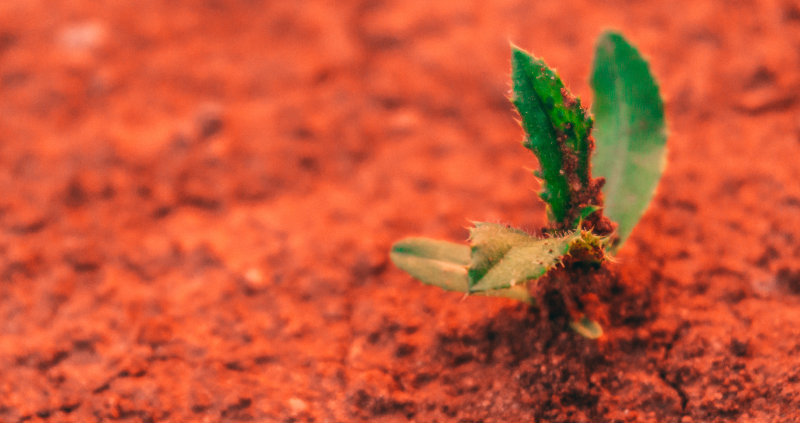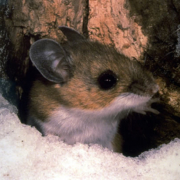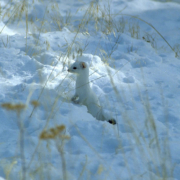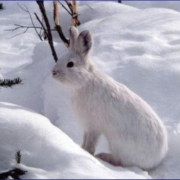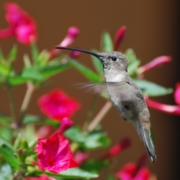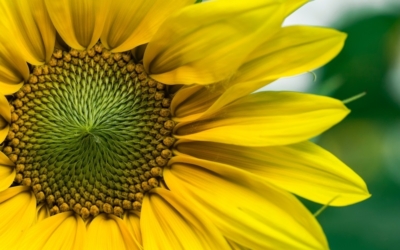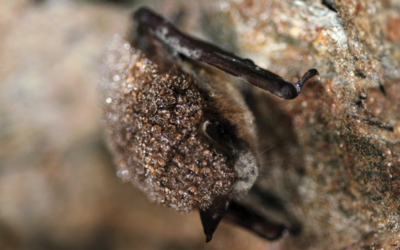Soils in All the Colors of the Rainbow
A rainbow of soil is under our feet; red as a barn and black as a peat. It’s yellow as lemon and white as the snow; bluish gray. So many colors below. Hidden in darkness as thick as the night; the only rainbow that can form without light. Dig you a pit, or bore you a hole, you’ll find enough colors to well rest your soil.
– A Rainbow of Soil Words by F.D. Hole, 1985
In my introductory post about the Year of Soils, I explained how soils are made up of numerous components, both organic and inorganic. But no two soils are created equal!
Soils vary widely around the world. They can be organized, or classified, based on the variations in these organic and inorganic components. There are a number of different classification systems, including the USDA’s Soil Taxonomy system and the FAO’s World Reference Base for Soil Resources. These systems organize soils based on considerations like their overall texture (the proportions of clay, silt, and sand, which form from the slow breakdown of bedrock), their mineral composition, and the thickness and composition of their layers.
Oh yes…layers! Soil isn’t the same all the way down–it is much more complex! Over time, it goes through complicated processes like leaching, the addition and breakdown of organic matter (humus), and the breakdown of bedrock. The result is these layers:
Regional variations in temperature, rainfall, etc., as well as the composition of the underlying bedrock, result in dramatic differences in these layers. Including their colors! Here in Maryland, for example, much of our soil is a bright orange-red near the surface, due to a type of clay that holds large amounts of iron. This iron oxidizes (rusts) in the presence of oxygen, resulting in this vivid color.
And just as the living soil ecosystem can influence the plant ecosystem growing above, these non-living characteristics have an impact as well. Different plants prefer different soil conditions, including depth, moisture/drainage, pH, and texture, which is one of the reasons why all of the different soil types around the world support such variable plant communities.
Soil testing can be a great way to learn about your soil’s classification and associated characteristics. You can use this information to figure out what kinds of plants will grow best on your land, and if any amendments are needed to improve growing conditions.
Have you ever had your soil tested? What did you learn about your soil?
